Conversation with Dr. Mitchell Situka-Sipus (class of 04)
Some conversations feel like playing chess against someone who already sees four moves ahead. Others feel like bowling with bumpers—you’re going to hit something either way. Talking with Dr. Mitchell Sutika-Sipus, Art Academy of Cincinnati alum (class of 2004), feels like both. He’s not just smart—he’s calibrated. And he’s clearly spent his life optimizing for impact.
Today, Sipus is the Chief Technology Officer at North Star Labs and Chief Solution Architect at AutogenAI. His recent work spans inventing satellite cybersecurity and machine learning solutions for federal agencies. Previously, he’s helped eliminate a 700,000-case backlog at the VA. He’s advised the National Security Council. He’s built companies. And behind all that is 20 years of deep, focused work on massive problems with collaborators who know how to actually get big things done.
But ask what ties it all together, and he doesn’t mention a resume.
He talks about drawing.
And critique. And systems. And the kind of wide-angle thinking that only comes from making art.

“It wasn’t just a place to learn technique,” he says of the Art Academy. “It was four years of people asking me what I thought. Who else gets that? AAC is a place where you have brilliant, diverse minds genuinely interested in who you are and how you think.”
There was a moment, early on, that stuck. “Gary Gaffney (beloved former professor) asked us what kind of artist we wanted to be,” Sipus recalls. “A Renaissance thinker? A tortured modernist? A Warhol-style market darling? I had no idea. Then Gary said, ‘Go invent a new model.’ That one line shaped everything.”
He did just that. After graduating, Sipus earned a Fulbright to Egypt while pursuing back-to-back master’s degrees—one in city planning, one in architecture theory with a focus on rebuilding cities in conflict. Unable to find answers, he started a blog about rebuilding Mogadishu—hundreds of articles, speculative studies, and strategic proposals. It was a sketchbook of solutions.
“In my early 20s, my purpose in life was to help rebuild Mogadishu,” he says. “I wrote about what it could be, built relationships with Somali contacts, lived in refugee camps, and had moved to Afghanistan to help build a new university. One day the mayor emailed me. He’d read the blog and said, ‘Can you help us?’ So I got on a plane.”
That move—from writing into doing—set a tone for everything that followed.
In his desire to find a new model as an artist, Mitchell started to reconceptialize himself and his work as buinsses.In 2007, while still in graduate school, he founded SSR+D, a technical consultancy that created GIS systems and data tools for fragile governments. Over the years SSR+D lab worked in Syria, Somalia, Iraq, and Afghanistan.
“That’s how I’ve always worked. If something needs doing, I figure out how to do it—and then how to pay myself too.”
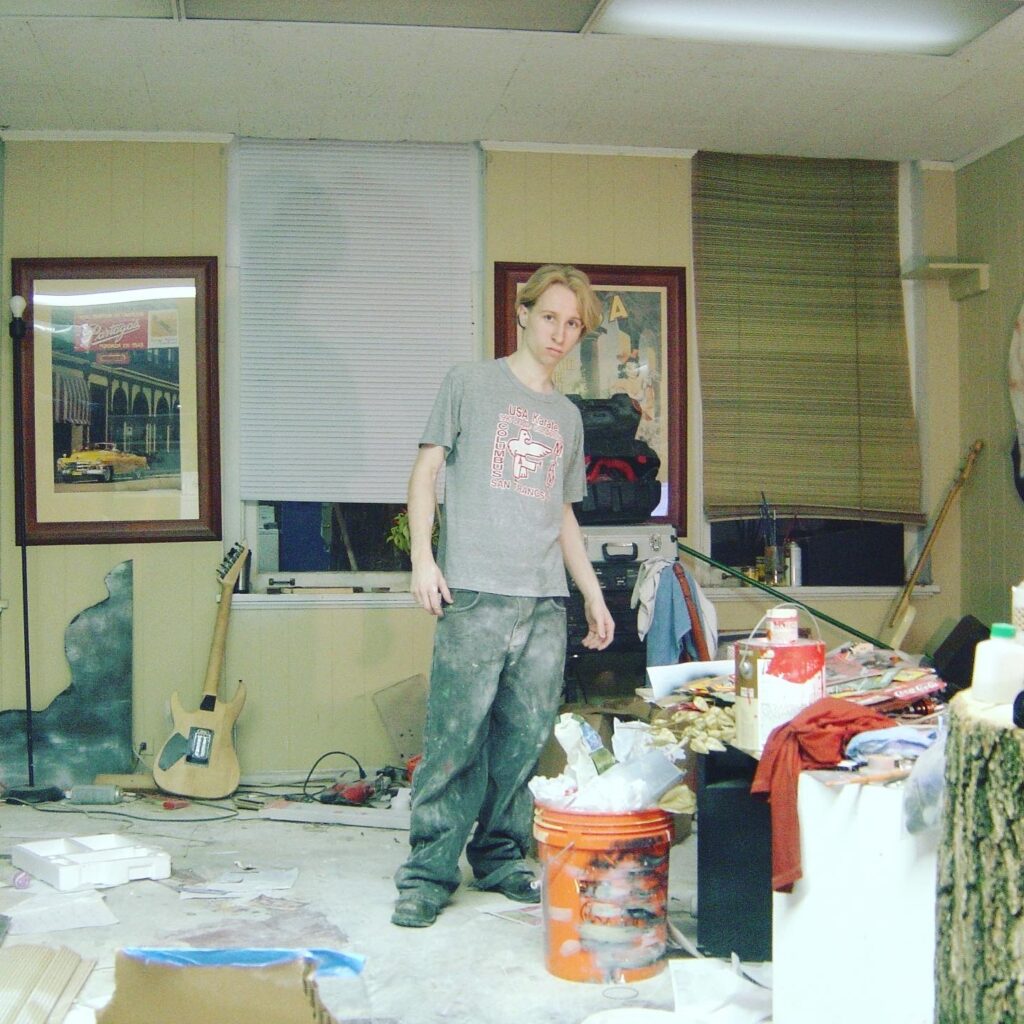
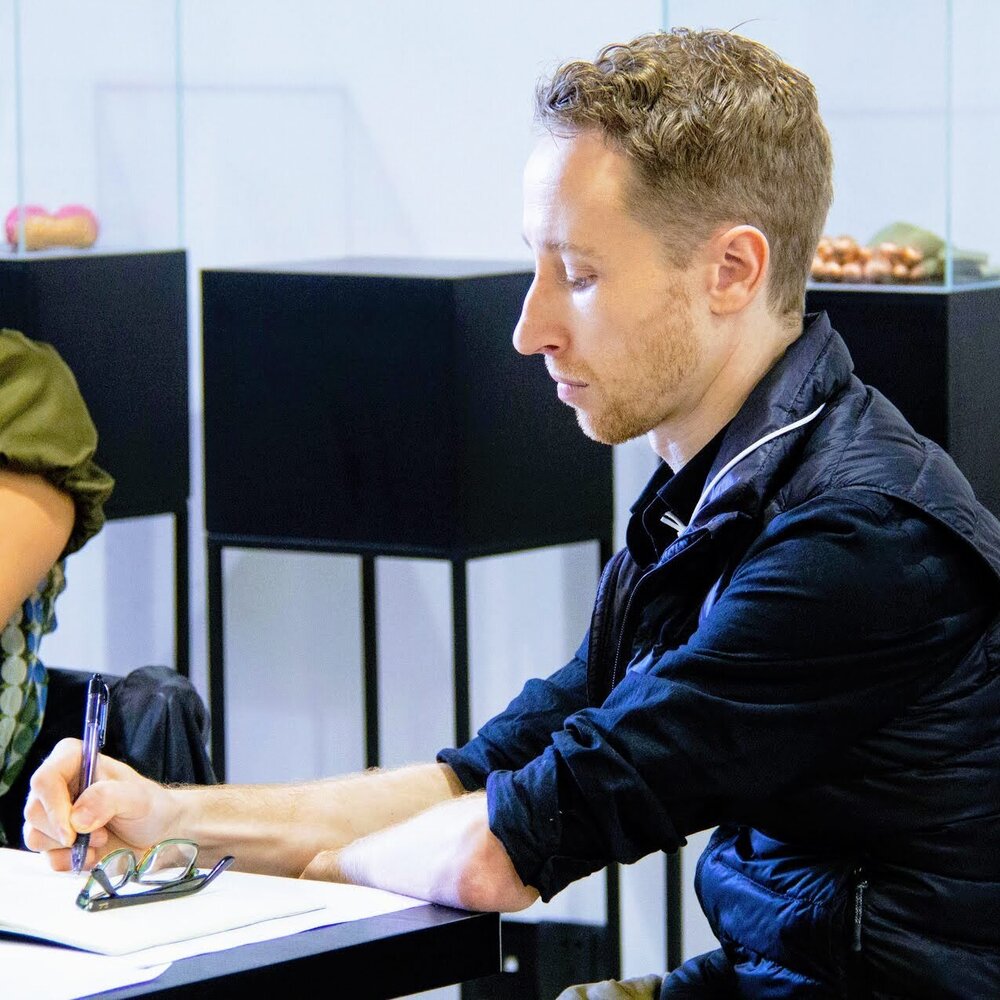
In 2013, he founded Symkala, an AI startup focused on extracting spatial intelligence from unstructured text. In 2016, he was appointed by President Obama as a White House Presidential Innovation Fellow. Over the next several years, he served as a senior technical executive across agencies including Veterans Affairs, the National Security Council, the EPA, and the State Department.
One of the most daunting challenges came at the VA. “You couldn’t fix that backlog by looking at one form or even one department,” he says. “You needed a panoramic view of the entire ecosystem.”
So he and his team began collecting data points—everywhere. Academic research on bureaucracy. Interviews with professors. Data mining of social media posts to identify complaints, missed opportunities, and regional bottlenecks. Mitchell even walked the halls of VA hospitals, listening to stories, eavesdropping and capturing fragments of everyday frustration from service members navigating an essential but broken system.
“The solution had to be inversely proportionate to the scale and composition of the problem. But with a problem this complex, we needed a wide enough aperture to actually see it and in varying degrees of depth. And then we went all in, designing the solution backwards from the reality we wanted.”
The result: a complete redesign of the claims process, a zeroed-out backlog, and a blueprint that reshaped how services could be delivered nationally.
His role, he says, is often less about niche expertise and more about translation. Artists, after all, are trained for ambiguity. Bureaucracies, engineers, and most other professionals simply aren’t.
“Artists can go from object, to context, to system, and think through materials and behaviors at different scales.”

That might be why he leans on metaphor like a second language. “Einstein once said you should build a metaphor, follow it all the way, then reverse-map it back to what you didn’t understand. That’s how I think. It’s how I write music. It’s how I approach systems.”

Yes—music. In 2021, he started releasing electronic tracks: ambient, textural, pulsing with quiet momentum. “It’s just another kind of structure. I’m writing the soundtrack to the life I want to be living.”
Ask him to draw a line from the Art Academy to now and he shrugs—not because the connection’s unclear, but because it runs through everything.
“I didn’t need to fit a model. I could invent one. And then another. That’s still how I work.”
He’s sat at the table with diplomats, researchers, policy leaders, and CEOs. But he still sees himself as someone exploring relevance and sketching out new ideas about what the world could be.
“Artists are anomaly engines,” he says. “They show us what doesn’t belong—and whywe should be looking. It is an important job in society, to point out the thing that no else notices, or they see it everyday but don’t give it any thought.”
On his front porch in Pittsburgh, sunlight pooling on the windows, it’s easy to imagine him doing exactly that: building better futures, not from certainty, but from urgency—and the belief that just getting on with work is a kind of optimism.
“Pick a destination,” he reflects on his success. “Doesn’t matter what it is honestly, just pick it, and go all in, with everything you have. Then another, and another, and keep doing that. A journey is just a series of destinations.”


